I am trying to measure the resistance of a AA alkaline battery. The circuit I am using is shown in a photo below. I have also attached the values I obtained.
Somehow, the values I am getting fluctuate quite a bit and seem to be an order of magnitude larger than that specified in the datasheet (https://data.energizer.com/pdfs/e91.pdf). 1.0-3.3 ohm compared with 150-300 milliohm.
Please could someone show me where I’ve gone wrong with the calculations. Should I be using a different circuit? Is my battery model inadequate? As far as I understand it, battery’s internal resistance should be roughly constant for a certain state of charge and all the values I obtained occurred roughly at the same state of charge (I used a fresh battery and the battery ran for less than a second for my five tests).

